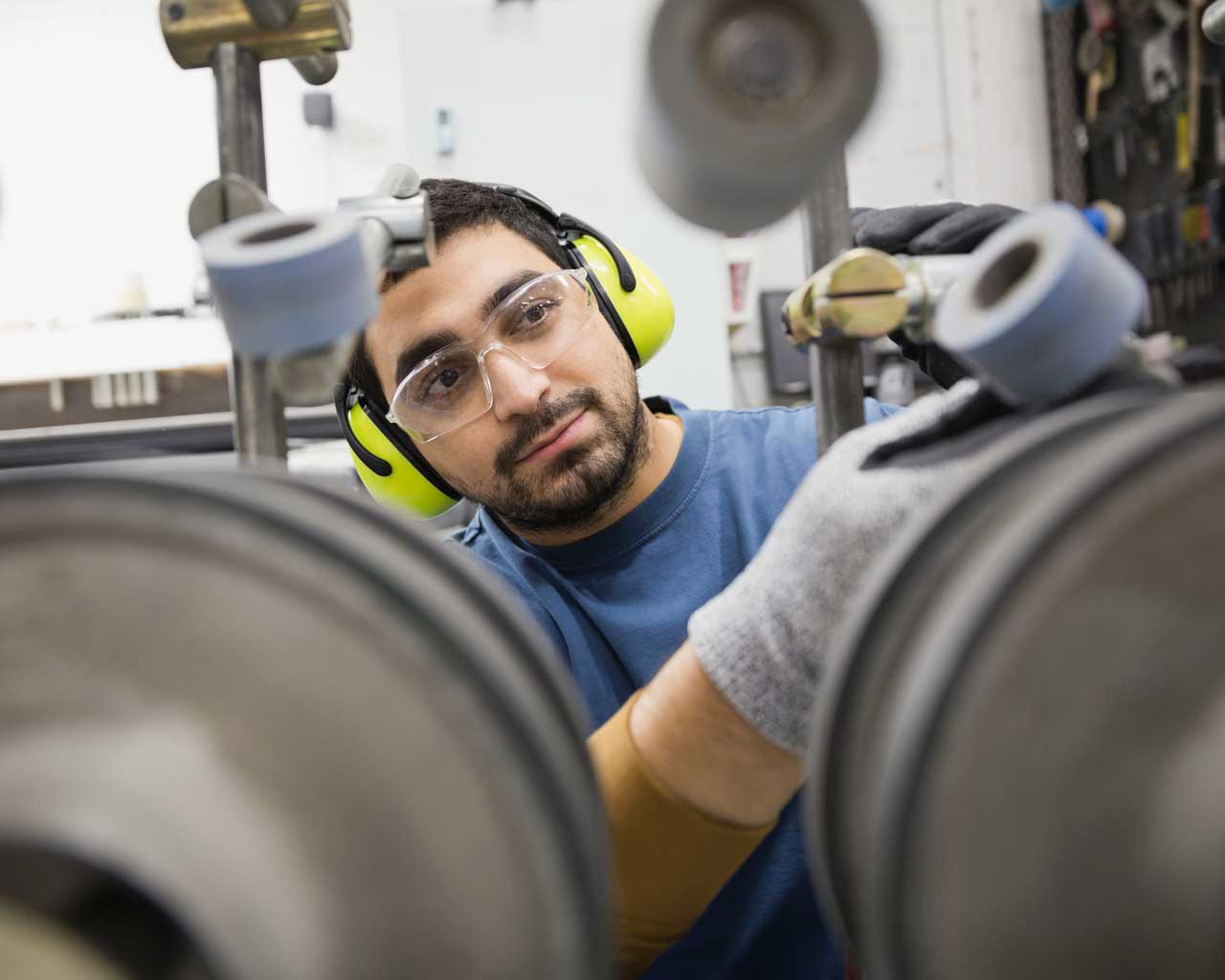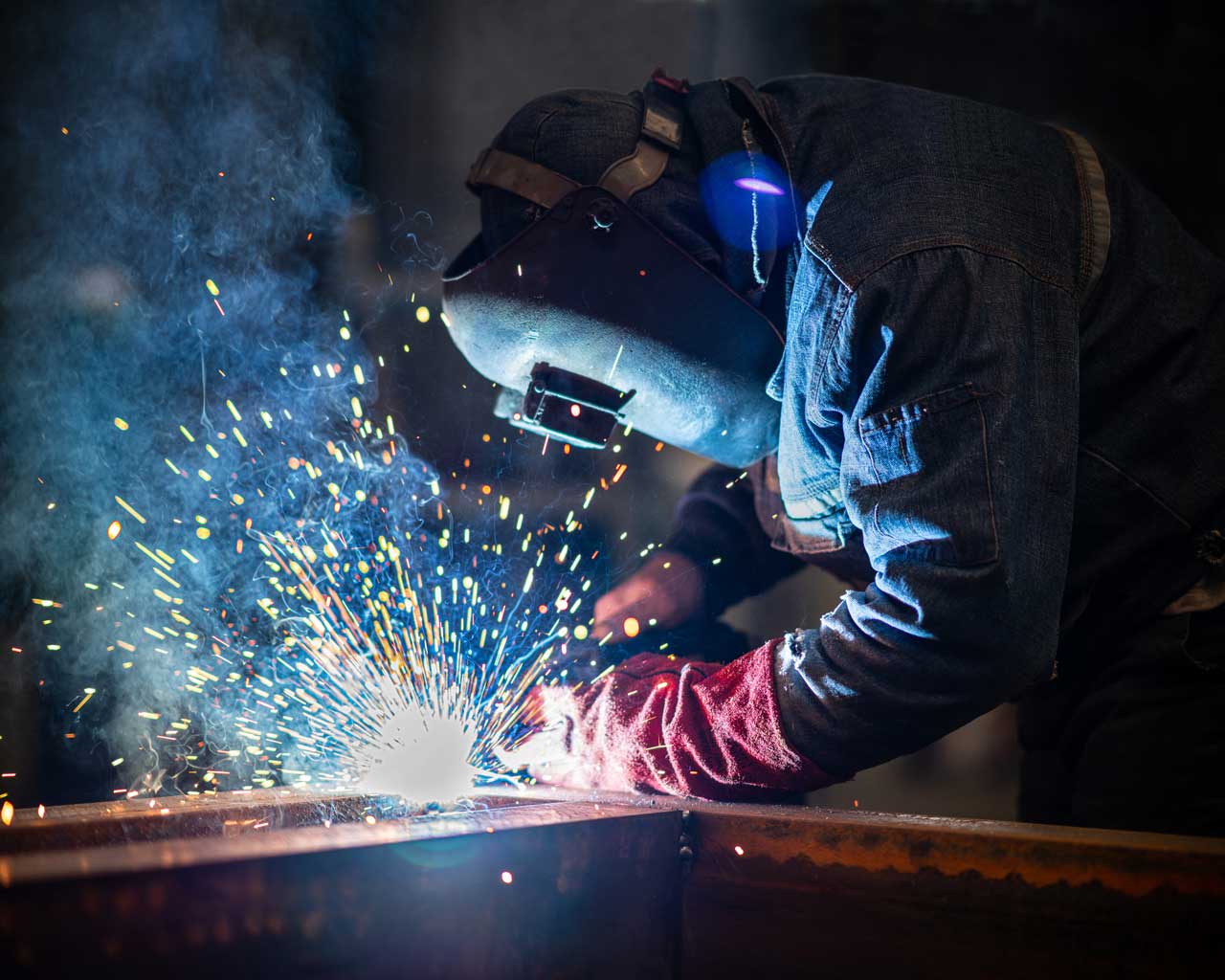Lift Assist Devices for Manufacturing: How They Improve Productivity and Reduce Injuries
Ergotronix innovates for manufacturers with customizable, integrated equipment for factories. Whether your employees are lifting or bending, we have systems that bring objects to them without strain or injury.
Read on to learn about lift-assist devices in manufacturing and how they work to improve productivity while simultaneously reducing injuries.
What Are Lift Assist Devices and How Do They Work?
Lift assist devices are pieces of equipment that are designed to assist manufacturing employees during the process of lifting heavy objects. They add support when manufacturers are lifting large or cumbersome items and reduce the physical strain that comes with manual lifting.
Additionally, lift assist devices also reduce instances in which heavy objects are dropped or fumbled with.
Depending on the specific device, these pieces of equipment may have hooks, chains, heavy-duty forks, or other components that attach securely to an object or container. Once the object is secured, manufacturing teams will initiate a lift. Lift assist devices use machinery to either lift the object alone, or support the weight of the object while the employees move it from one position to another.
A few types of lifting devices that are used in manufacturing include hoists, cranes, vacuum lifts, trolleys, forklifts, and gripping tools.
Benefits of Using Lift Assist Devices in Manufacturing
Using equipment and pieces of machinery to simplify lifting processes can present numerous benefits for employees, production timelines, and safety practices. Five key benefits of using lift-assist devices in manufacturing include the following:
- Fewer work-related injuries
- Reduced equipment damage
- Increased productivity
- Decreased physical strain for employees
- Better time management
Lift Assist Devices: Impacting Productivity and Safety
Lift-assist devices have a positive impact on productivity and safety when used in manufacturing organizations. By reducing or eliminating an employee’s need to bend down, lift, and maneuver heavy or cumbersome objects, lifting equipment directly enhances employee safety.
Additionally, lifting devices can help ensure the continuous production of clean, high-quality products. By limiting an operator’s need to touch products and machinery components, the risk of damaging or dropping products drops significantly. Because lifting equipment is designed to provide a reliable hold, accidental drops also become a thing of the past.
Lifts also increase productivity by handling loads with more speed and grace than what can be expected from human workers. Lifting devices are designed to be easy to use, so they don’t require a great deal of trial and error in order to move items from one area to another.
How to Choose the Right Lift Assist Device for Your Business
To choose the right lift assist device for your business, there are several factors that you’ll need to consider.
- The weight range of the objects you plan to lift
- The overall size of the objects you plan to lift (height, length, and width)
- Ceiling height
- Area of coverage
- Location of the objects before lifting
- Object’s height from the floor
- Location of the object’s destination
- Necessary lift height
- Potential overhead obstructions
- Environmental concerns
In addition to these factors, cycle time is a crucial element to consider when choosing lift-assist devices. Cycle time refers to how many times per minute or hour an object needs to be lifted and/or moved. You’ll need to ensure that the device you plan to purchase can adequately handle the cycle time you need.
Maintenance Tips for Lift Assist Devices
Proper maintenance is a must for lift assist devices. Not only does maintaining various pieces of lifting equipment prolong the lifecycle of the machinery, but it reduces safety risks by eliminating accidents that might occur due to worn or broken devices.
Depending on the specific devices you’re using at your place of business, you’ll need to follow certain maintenance instructions designed around the equipment you’re checking.
However, there are a few basic maintenance tips that can and should be applied to most lift-assist devices.
For one, checking the device before each use is an effective way to reduce the likelihood of an accident occurring. Examine the components of the lifting equipment and take note of anything that looks out of place. It should go without saying, but if you notice any cracks, frayed wires, sparks, or unfamiliar smells, report the issue immediately.
Next, take time to clean lifting devices regularly. A clean device typically performs its best work, and avoiding debris buildup can help ensure that each component of the equipment works as intended.
Finally, run routine equipment tests and follow the specific instructions that the manufacturer-assigned to each device.
If you’d like to make use of lifting devices in your manufacturing business, contact us today to schedule a demonstration. Find out how we can customize our equipment offerings to meet your manufacturing needs.



